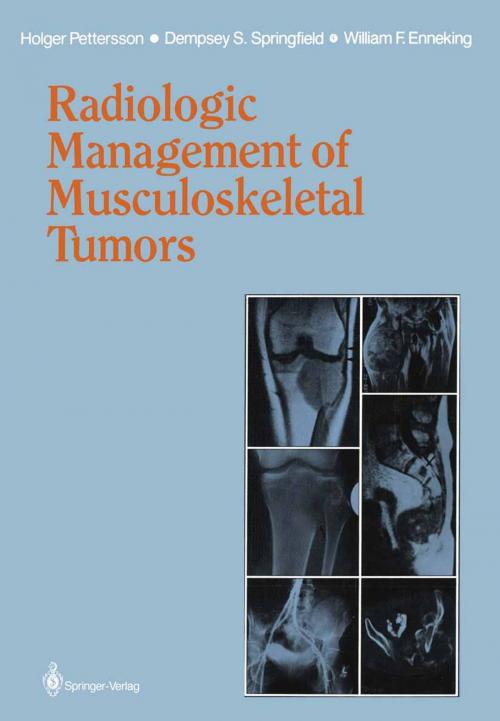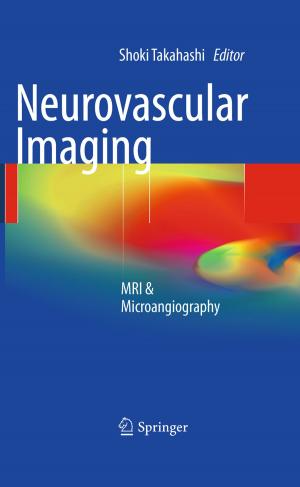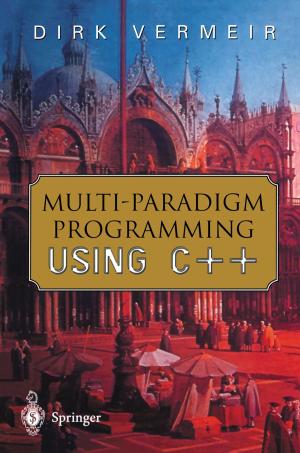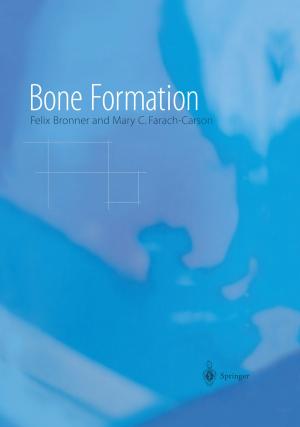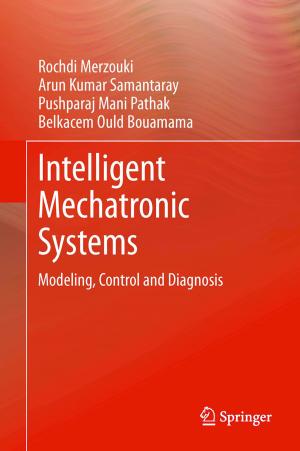Radiologic Management of Musculoskeletal Tumors
Nonfiction, Health & Well Being, Medical, Specialties, Radiology & Nuclear Medicine, Orthopedics| Author: | William F. Enneking, Dempsey S. Springfield, Holger Pettersson | ISBN: | 9781447114185 |
| Publisher: | Springer London | Publication: | December 6, 2012 |
| Imprint: | Springer | Language: | English |
| Author: | William F. Enneking, Dempsey S. Springfield, Holger Pettersson |
| ISBN: | 9781447114185 |
| Publisher: | Springer London |
| Publication: | December 6, 2012 |
| Imprint: | Springer |
| Language: | English |
During the last decade the therapeutic approach to musculoskeletal tumors has changed dramatically, from ablative surgery with ampu tation ofthe limb to reconstructive surgery with transplantation of bone and vessels combined with radio-and chemotherapy. This has changed the demands on radiologists and pathologists to a considerable degree. At the same time there has been a manifold increase in the diagnostic possibilities offered by modern radiology, with several new modalities affording a potential for morphologic depiction and tissue character ization that was unattainable a decade ago. Today, the definitive diagnostic work-up and treatment of patients with musculoskeletal tumors is most often done in tumor centers, by groups that ideally should be composed of an orthopedic surgeon, radiotherapist, oncologist, radiologist, pathologist and cytologist. It is necessary for all the members of this team to be well versed in the surgi cal and other treatment principles, in the pathologic concepts, and in the radiologic interpretation of musculoskeletal tumors. Moreover, it is important that the modern diagnostic approach to musculoskeletal tumors is well known also at the referring center, be it a private practi tioner's office or a large hospital. This will avoid unnecessary biopsies, and repetition of radiologic and other diagnostic procedures that have already been performed at the referring center.
During the last decade the therapeutic approach to musculoskeletal tumors has changed dramatically, from ablative surgery with ampu tation ofthe limb to reconstructive surgery with transplantation of bone and vessels combined with radio-and chemotherapy. This has changed the demands on radiologists and pathologists to a considerable degree. At the same time there has been a manifold increase in the diagnostic possibilities offered by modern radiology, with several new modalities affording a potential for morphologic depiction and tissue character ization that was unattainable a decade ago. Today, the definitive diagnostic work-up and treatment of patients with musculoskeletal tumors is most often done in tumor centers, by groups that ideally should be composed of an orthopedic surgeon, radiotherapist, oncologist, radiologist, pathologist and cytologist. It is necessary for all the members of this team to be well versed in the surgi cal and other treatment principles, in the pathologic concepts, and in the radiologic interpretation of musculoskeletal tumors. Moreover, it is important that the modern diagnostic approach to musculoskeletal tumors is well known also at the referring center, be it a private practi tioner's office or a large hospital. This will avoid unnecessary biopsies, and repetition of radiologic and other diagnostic procedures that have already been performed at the referring center.
